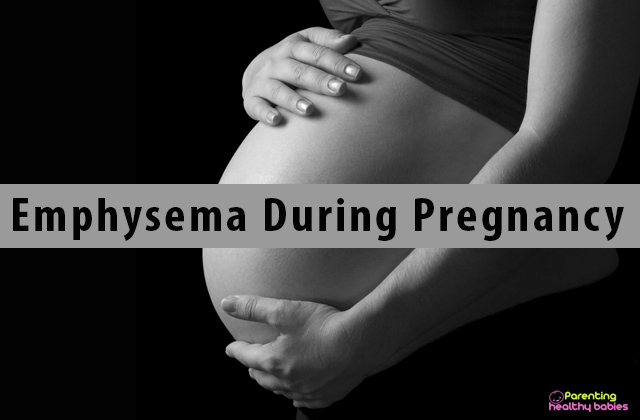Nothing could be more challenging for women than finding the most fertile parts of the month. During the process of ovulation, a woman’s ovary sets free one egg in her menstrual cycle. This egg will then stay in her Fallopian tube for many hours until it’s fertilized.
For this reason, couples trying for a baby may think of using ovulation tests to find out if a woman is the likeliest to set an egg free to be fertilized by a sperm released by her male partner. When used correctly, these tests are 90 percent accurate in telling when a woman has begun to ovulate.
How do ovulation sticks help?
Ovulation sticks or ovulation predictor kits can help you spot your fertile part of the month. However, this does not prove that by using them, women can improve their chances of getting pregnant by natural means. To be sure of conception, it’s advisable to have regular sex right through a woman’s cycle.
How to determine your fertile periods:
Women can determine their most fertile days of the month by these ways:
- Women can make a note of their menstrual cycle over a few months
- She can trace the monthly cycles of their basal body temperature.
- Women can note changes in their cervical mucus.
However, by using these methods, it could be tricky to spot ovulation, particularly if women have irregular menstrual cycles. Here’s where ovulation predictor kits or sticks are very helpful. These sticks are extremely easy and quick to use, and give accurate predictions of ovulation in advance. It also helps women to spot their fertile periods from the first month.
How do ovulation sticks work?
A day or two before ovulation, urine-based ovulation predictor sticks test a woman’s urine for an increase in luteinising hormone (LH), which is usually present in the blood and urine. However, in the run up to ovulation, a certain amount of LH increases by a maximum of five times. There are at least 12 hours to 36 hours between the time LH reports a surge and the time when the egg is set free. This is the most fertile part of a woman’s cycle, when she’s likeliest to conceive.
With the help of salivary ferning kits, women can test their saliva using a portable and pocket-sized microscope. When a woman’s estrogen levels increase, the salt in the saliva also increases. The salt, when dry, crystallizes into a fern-shaped pattern. Ferning usually occurs a few days before ovulation, so checking for ferning helps spot a woman’s fertile periods.
How to use an Ovulation sticks
There are several brands of ovulation sticks which demand a different use. For instance, there are some urine-based sticks that are used after collecting a woman’s urine in a cup while others that ask you to hold the stick under you as you urinate. The user can see colored bands appearing on the stick which will prove whether the LH increase is actually happening. If women use digital ovulation sticks, women will find symbols on them to tell when they are at their most fertile periods.
Depending on the kit or stick used, instructions could vary. However, generally one should try to collect one’s urine anytime between 10am and 8pm. The most fertile time is generally known to be between 2pm and 2.30pm.
Women should try to collect their urine at the same time each day, though this isn’t mandatory. Women should take care not to collect their urine first thing in the morning, or they could miss the first day of their LH increase. Before women take this test, they should not drink liquids for a clear two hours as an excess of urine will make it difficult to find out the surge.
The best results can be got within 10 minutes of conducting the test. Of course, a positive result won’t disappear entirely but women may get negative results later which show up with a light-colored band. So, it’s best to get rid of the test card after the user reads the result.
Conclusion
Doctors suggest that when women think they are ovulating, they should test for ovulation once a day. However, there are other doctors that opine that women should test twice a day, with a gap of 10 hours. This is chiefly because women can experience an LH surge very fast which women can miss if testing is not done twice a day.













